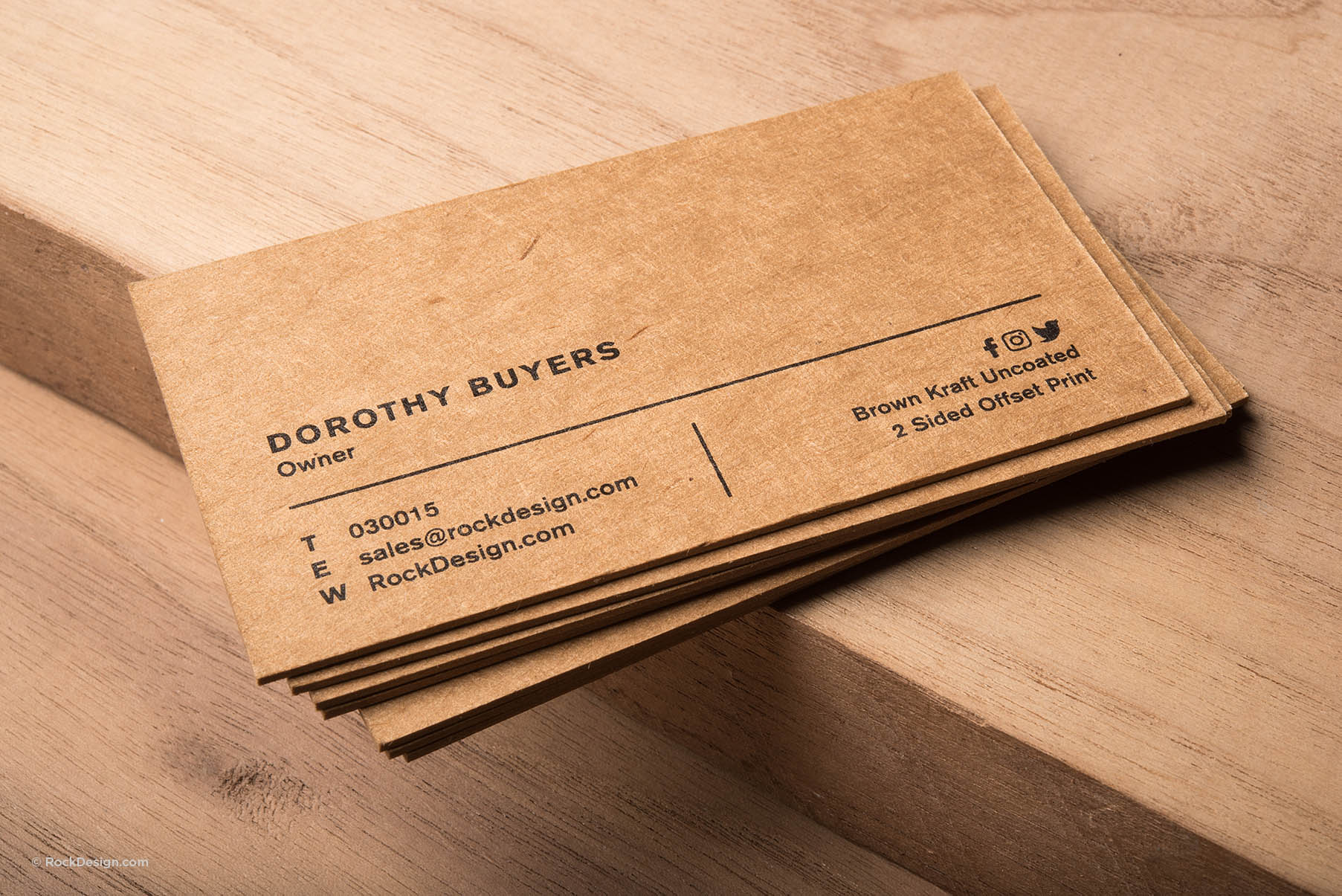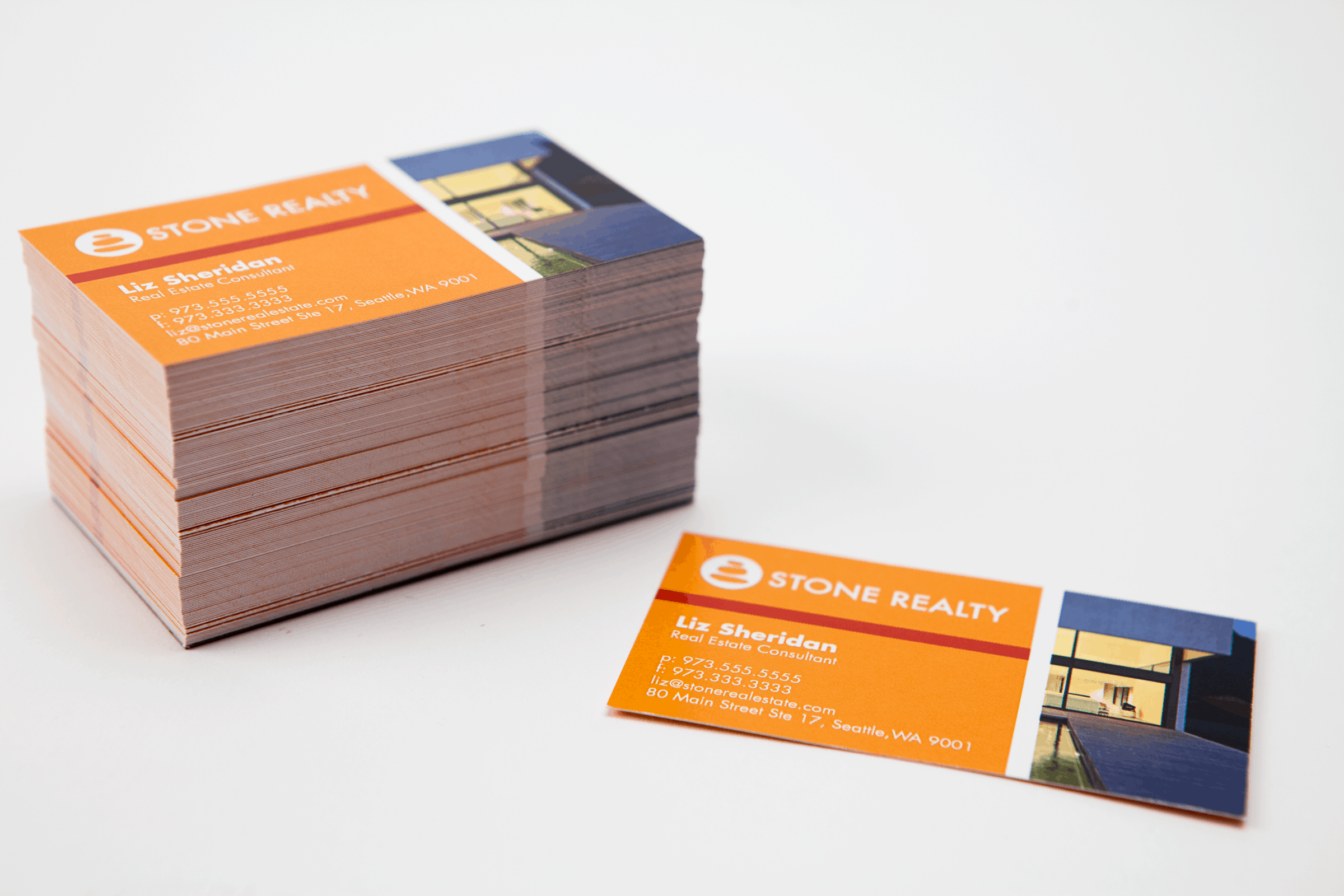
Business cards remain an essential tool for networking and marketing. They serve as a tangible representation of your brand and a key point of contact for potential clients or collaborators. When designing your business cards, one critical factor to consider is the type of paper stock to use. The choice of paper determines the overall look, feel, and durability of your cards. In this article, we will explore various types of paper stock for business cards, their benefits, and how to make an informed decision that aligns with your branding and business goals.
Understanding the Importance of Paper Stock for Business Cards

Choosing the right paper stock for your business cards is crucial for leaving a lasting impression on your recipients. The texture, thickness, and finish of the paper influence how people perceive your brand’s professionalism, quality, and attention to detail. An informed choice of paper stock can elevate your business cards from ordinary to extraordinary, capturing attention and making a lasting impact.
Different Types of Paper Stock for Business Cards

1. Standard Paper Stock
Standard paper stock is the most economical option for business cards. It is typically lightweight with a matte or glossy finish. While it provides a basic and affordable solution, it may lack the durability and high-quality feel that premium paper stock offers. Standard paper stock is ideal for businesses seeking a budget-friendly option but may not leave a lasting impression compared to other types of paper stock.
2. Premium Paper Stock
Premium paper stock is a step up from standard options, offering enhanced quality and durability. It typically consists of thicker, heavier paper that feels more substantial and provides a luxurious touch. Premium paper stock may come in various finishes, such as matte, glossy, or textured, allowing you to create a card that aligns with your brand aesthetics. Although it might cost a bit more than standard options, premium paper stock delivers a heightened sense of professionalism and sophistication.
3. Recycled Paper Stock
As sustainability becomes increasingly important, many businesses are opting for eco-friendly options like recycled paper stock for their business cards. Recycled paper is made from post-consumer waste, reducing the demand for virgin materials and the environmental impact of card production. This type of paper stock comes in various weights and finishes, offering both sustainability and customization options for your business cards.
4. Textured Paper Stock
Textured paper stock adds a unique and tactile element to your business cards. It is available in various patterns and textures, such as linen, felt, or ribbed. Textured paper stock creates a visually appealing and memorable experience when someone holds your card. However, it’s worth considering that intricate textures can impact the readability of small text or fine details. If legibility is a priority, ensure the texture you choose doesn’t hinder the card’s overall functionality.
5. Specialty Paper Stock
For businesses looking to make a truly distinctive statement, specialty paper stock offers a range of unconventional options. This category includes metallic papers, translucent vellum, handmade paper, or even wood veneer. Specialty paper stock allows you to create business cards that stand out and reflect the uniqueness of your brand. However, it’s important to strike the right balance between creativity and practicality, ensuring your cards remain functional and professional.
Factors to Consider When Choosing Paper Stock
Selecting the perfect paper stock for your business cards requires careful evaluation of several key factors. By considering the following aspects, you can make an informed decision that aligns with your brand identity and marketing objectives.
1. Brand Aesthetics
Evaluate your brand’s style guide and overall aesthetics to determine the ideal paper stock. Consider factors such as color palettes, typography, and imagery to ensure your paper stock complements the visual elements of your brand. For example, a minimalist brand might prefer a clean, uncoated paper stock, while a luxury brand could opt for a textured or metallic paper to convey a sense of opulence.
2. Target Audience
Understanding your target audience is crucial when choosing paper stock for your business cards. Consider their preferences, expectations, and industry standards. For example, if you cater to a sophisticated audience, premium paper stock might be more appropriate, while a trendy or youthful audience may appreciate a bold and innovative choice.
3. Durability
Consider the durability and longevity of the paper stock. Business cards often encounter harsh environments, such as wallets, purses, or pockets, so choosing a paper stock that can withstand wear and tear is essential. Thicker paper stock with a protective coating, such as matte or glossy finish, can provide added durability and ensure your cards maintain their quality even after prolonged use.
4. Printing Techniques
Certain paper stocks may work better with specific printing techniques. Consult with your printer to determine the compatibility of your chosen paper stock with desired finishes, such as embossing, foil stamping, or spot UV. Ensuring harmony between your selected paper stock and printing techniques will result in a visually stunning business card that accurately represents your brand.
Conclusion

Selecting the right paper stock is a critical decision when designing your business cards. The type of paper you choose will influence how your brand is perceived, the durability of your cards, and their overall impact. Whether you opt for standard, premium, recycled, textured, or specialty paper stock, each offers unique benefits and considerations. By assessing factors like brand aesthetics, target audience, durability, and printing techniques, you can make an informed choice that elevates your business cards and enhances your brand image. Remember, every touchpoint matters, and choosing the right paper stock is one step closer to leaving a lasting impression on potential clients and collaborators.
Samuel Anderson, a branding connoisseur, brings his knack for design and a strong marketing background to the forefront. He’s a voracious reader and enjoys delving into psychology, which he incorporates into his marketing strategies for business cards and brand development.